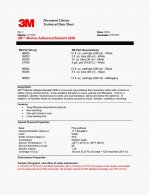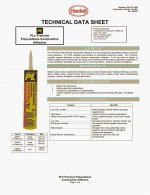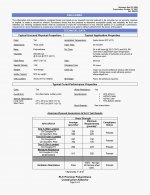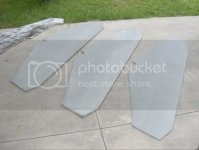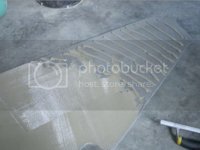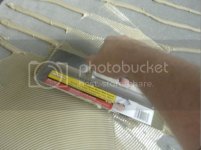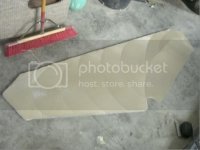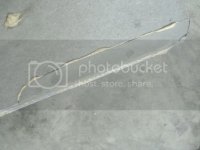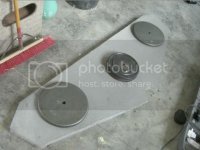Old Hickory
Active member
Any of you guys use PL Premium construction adhesive? Its a polyurethane adhesive that is quick dry and waterproof.
Found some guys on Glen L forums using it w/ excellent results. 3M 5200 is hard to come by here in nashville; can't get the blue label stuff and the red label at advanced plastics is 11.95/10oz tube. Bought all they had; 7 tubes; cost me $58. and I have to buy a case at a time to get any more. Pl Premium is $3.39/10oz tube at Lowes. Think I'm going to buy a case and use it for bedding my transom, stringers and floor. Send the 5200 back except for a few tubes to use for caulking my deck to hull and to mount my transom extension. Looking at the Tech data sheets for both they are virtually identical. What do you think?
Hick
Found some guys on Glen L forums using it w/ excellent results. 3M 5200 is hard to come by here in nashville; can't get the blue label stuff and the red label at advanced plastics is 11.95/10oz tube. Bought all they had; 7 tubes; cost me $58. and I have to buy a case at a time to get any more. Pl Premium is $3.39/10oz tube at Lowes. Think I'm going to buy a case and use it for bedding my transom, stringers and floor. Send the 5200 back except for a few tubes to use for caulking my deck to hull and to mount my transom extension. Looking at the Tech data sheets for both they are virtually identical. What do you think?
Hick

